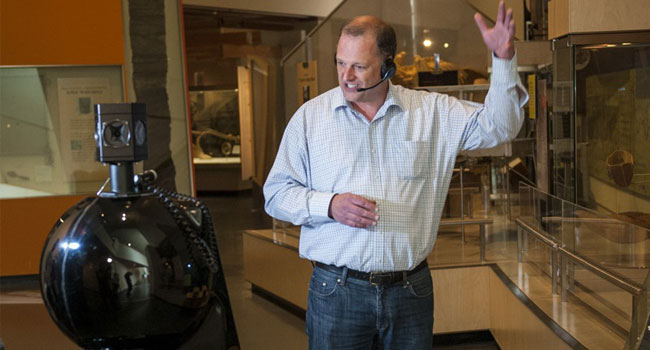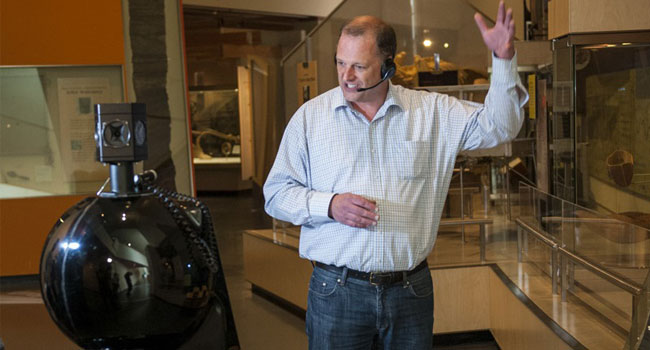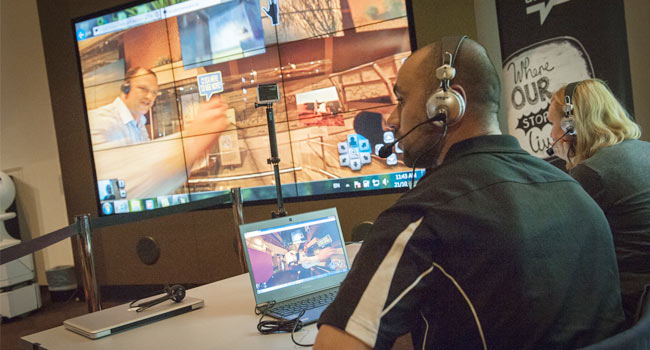Forget blackboards, whiteboards and iPads; robots are the latest craze to get school children excited about education.
Students in a Murray-Darling Basin classroom have taken a customised virtual tour around Canberra’s National Museum of Australia this week, getting up close to an exhibit charting the history of the Murray-Darling Basin without ever leaving their chairs.
The robot tour was a partnership between the Murray-Darling Basin Authority (MDBA), CSIRO and the museum.
An MDBA spokeswoman filled Government News in on how the robot works.
“The students watch on a computer screen and they see what the robot is looking at through its camera,” the MDBA spokeswoman said.
She said there was usually a person with the robot who spoke to the robot as it moved around the exhibits.
“If a student wants to look at one of the exhibits, the robot (using voice recognition) moves around and revolves its camera so you can get a 360 view of what it’s looking at. It can zoom in (so) the school kids have a degree of control with what they looking at,” she said.
MDBA Education Director Will Inveen helped launch the Telepresence Robot pilot program as part of National Water Week, which ends on Friday.
“This is an exciting and unique way for us to extend the MDBA education program to students living in different parts of our vast river system,” Mr Inveen said.
“Using robot technology developed by the CSIRO, we’re able to take students on an interactive, customised tour of Murray–Darling Basin exhibits, ranging from the variability of water over the past 300,000 years, to the importance of water quality and its role in the location and prosperity of human settlements.”
Mr Inveen said that innovation and technology had played a major part in the Basin’s water history and robot technology was now being used to teach its future custodians about the importance of water sustainability.
National Museum special education projects manager Robert Bunzli said the joint project was an example of how organisations could partner with the museum to use unique robot technology.
“These highly innovative education programs are being delivered Australia-wide, enabling students to control their own view of the museum gallery during the virtual tour, look at embedded digital content and ‘put up their hand’ to ask questions of the tour guide,” Mr Bunzli said.
The MDBA’s Telepresence Robot pilot program builds on several other innovative education tools, which overcome the challenge of connecting communities over long distances, such as the smartphone app, the Questacon Murray–Darling Basin science theatre show and the Basin Champions videoconferencing program.
If judged to be a success the trial may lead to more sessions being offered to schools and communities across the basin in 2015.







Leave a Reply